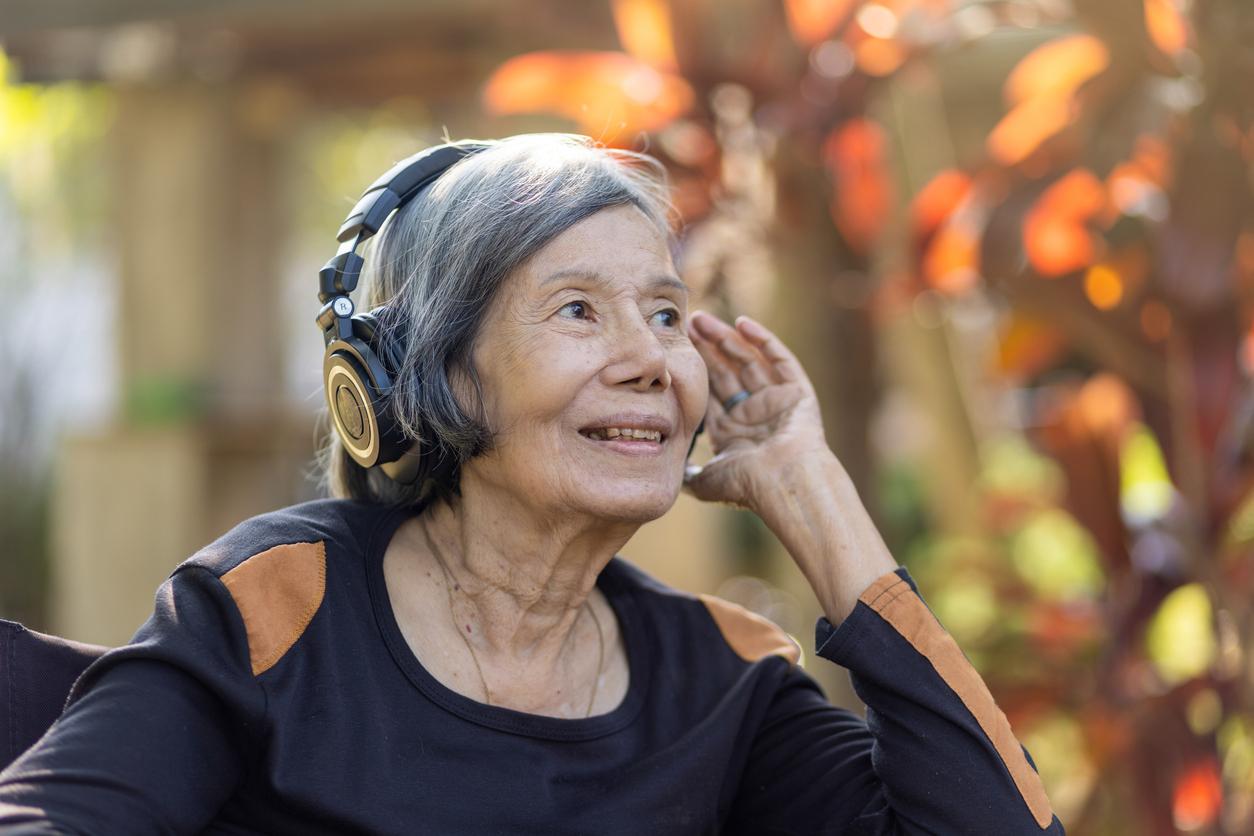1er December 2006 – We knew the effectiveness of light therapy in relieving seasonal depression: a team of researchers from Laval University in Quebec City has just demonstrated it in concrete terms. Exposure to white light, which mimics that of the sun, would restore failing retinal function in people with winter depression.
|
From eye to brain |
This is good news for 3% to 10% of the population in the Nordic countries who suffer from depressed mood, chronic fatigue, an abnormally high appetite and low libido when, on arrival. winter, the days are getting shorter.
The evidence for the effectiveness of light therapy for seasonal depression has so far been subjective, according to study principal investigator Marc Hébert, because the symptoms of study participants were assessed using questionnaires. “By measuring biological changes in the eyes of participants, we have tangible proof,” he emphasizes.
In fact, researchers at Laval University have measured the electrical activity of the retina, the surface at the back of the eye responsible for transmitting light to the brain. Using electroretinograms, they found that the 22 participants in their study with seasonal depression had retinal abnormalities, unlike the 16 subjects who did not.
Participants with seasonal depression were then required to be exposed to a 5,000 lux light therapy lamp 50 cm from the face for 30 minutes, every day for four weeks.
At the end of the study, all subjects with SAD saw their condition improve by at least 50%. No less than 80% of them were in complete remission. “The antidepressants administered to treat this disorder have a success rate of 60% to 70%”, specifies Marc Hébert.
Andrée-Anne Guénette – PasseportSanté.net
According to Over the course of events.

















